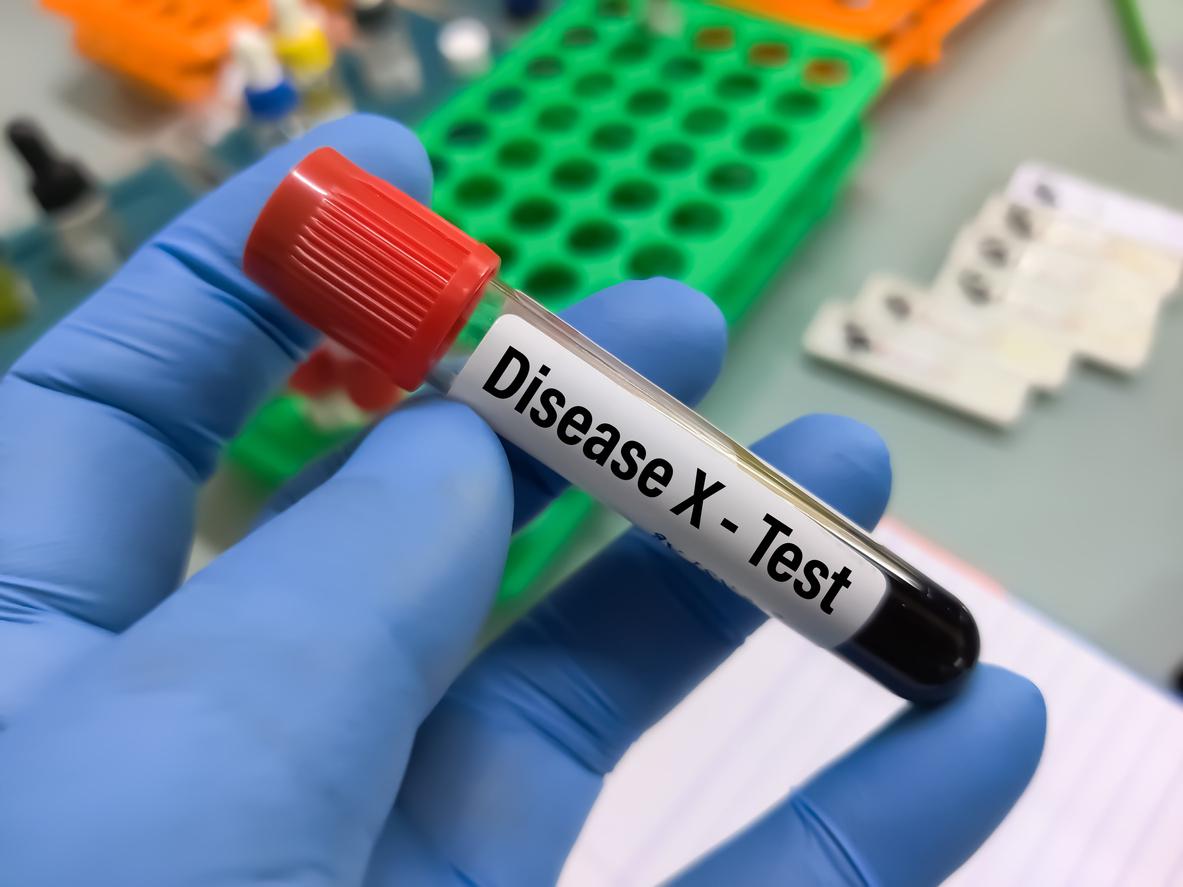While at the beginning of the year Unicef only identified three “reservoir” countries of polio where the disease and its transmission are active (Afghanistan, Nigeria and Pakistan), the World Health Organization (WHO) received reports, on October 17, of two cases which could be positive for the disease. polio (full name for polio) in Damascus, Syria.
The main reason for this return would be the impossibility of vaccinating the population. However, the polio vaccine, administered several times, is the only way to prevent this infection, which mainly affects children under five. Polio is a highly infectious viral disease that attacks the nervous system. Within hours, it can lead to total paralysis, entering through the mouth and multiplying in the intestines. It is transmitted by the faecal-oral route, through contaminated food or drink, or through droplets of saliva emitted by patients.
Among the first symptoms, WHO indicates : fever, asthenia, headache, vomiting, stiff neck and pain in limbs. Although patients often do not show either of these signs, one in 200 infected children has paralysis, usually in the legs, and may die from it. Among paralyzed patients, 5-10% die when their respiratory muscles stop working.
“When polio is eradicated, the world can celebrate a major global achievement that will equally benefit all people, regardless of where they live,” says WHO. In the meantime, the organization recommends all travelers to or from polio-infected areas to be up to date with their vaccinations. “As long as one child remains infected, all the others, in all countries, are at risk of contracting polio,” she recalls.


















